French gingerbread is known as pain d’épices or spice bread. This version is moister, darker and denser than American gingerbread, which is lighter and more airy. This simple but delicious dairy free recipe hails from Bouchon Bakery.
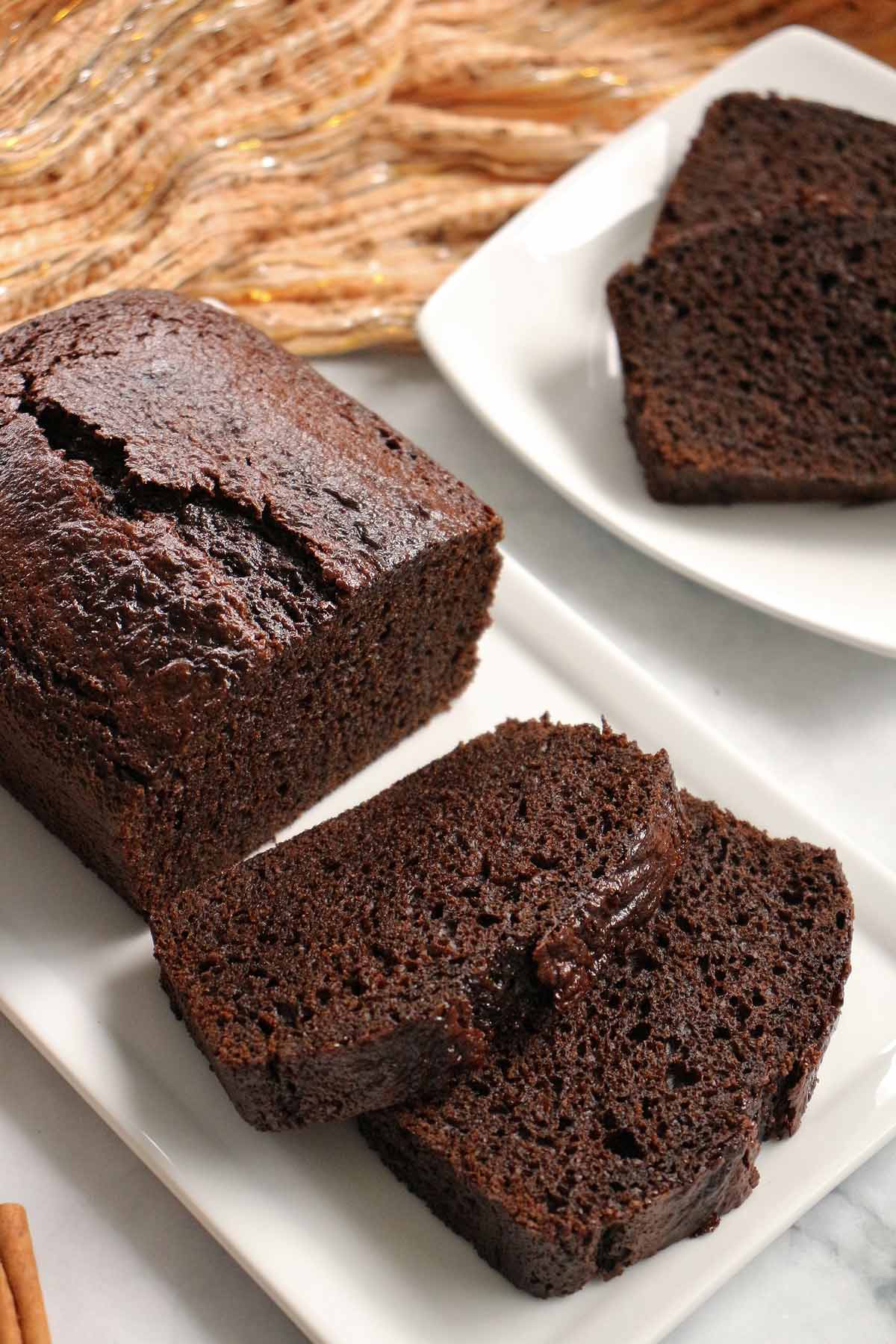
(This recipe was originally published in December 2012, but was updated with new photos and content in 2020).
This pain d’épices (French gingerbread loaf) is the perfect wintry treat with minimal effort. A dark chocolate brown, this gingerbread is different from its light and fluffy American cousin.
Many traditional pain d’épices recipes utilize honey as a sweetener and are a lighter color than this one. Just like with any classic recipe, there are regional and family differences in preparation.
This particular French gingerbread recipe is shared by Sebastien Rouxel, former executive pastry chef for the Thomas Keller Restaurant Group (including Bouchon Bakery). Rouxel grew up in the Loire Valley in France, and enjoyed a version of this spice bread throughout his childhood.
Even though this is a French spice cake or spice bread, it’s less the spices and more the blackstrap molasses that gives it its distinctive flavor and color. Super moist and complex with delicate sweetness, it’s the perfect pairing to a cup of hot chai, tea, or coffee.
Ingredient notes
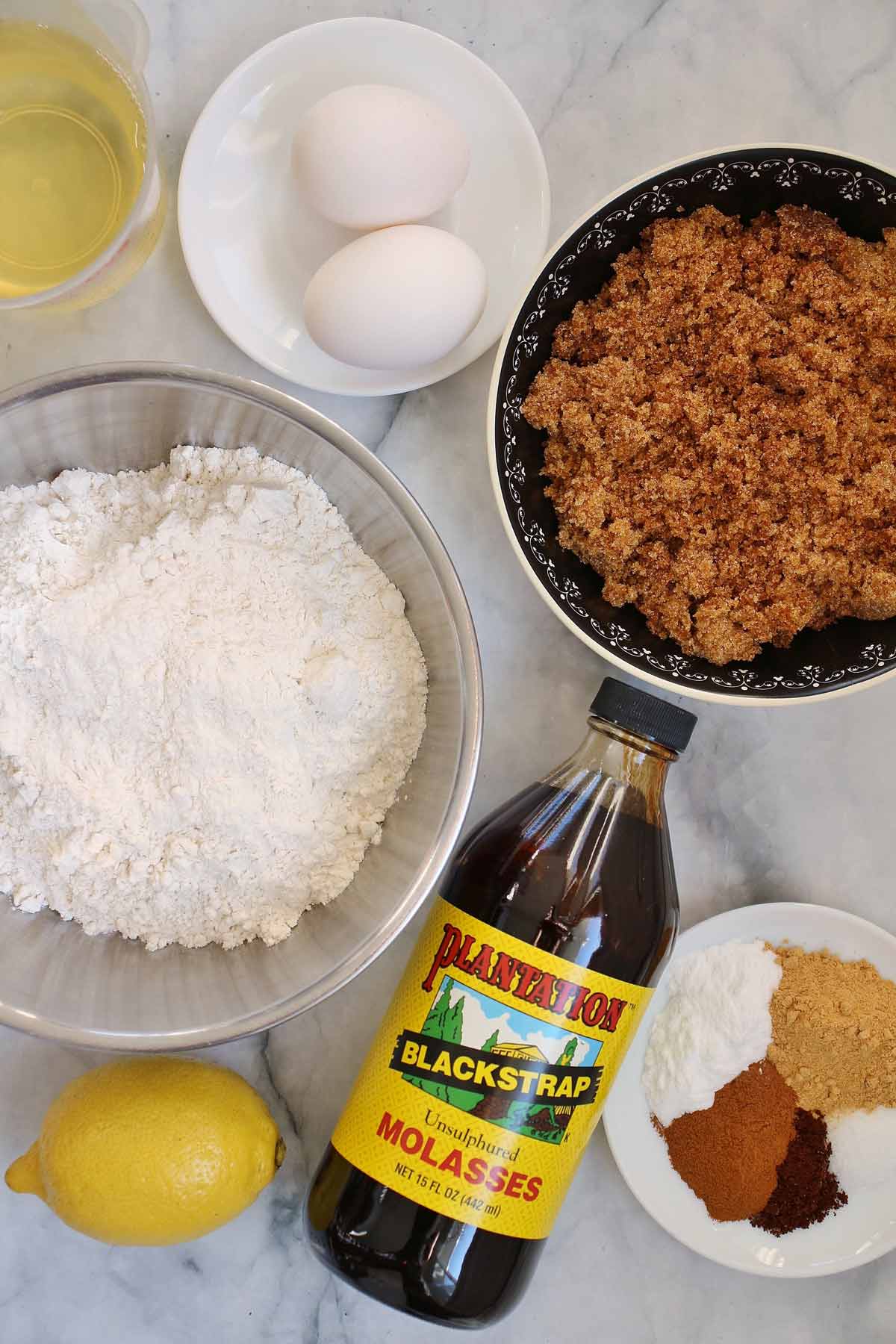
- Unsulfured Blackstrap Molasses: You CANNOT substitute regular molasses for blackstrap molasses. They are not interchangeable. I use Plantation Blackstrap Molasses for this French spice bread.
- Dark Brown Sugar: Store your dark brown sugar at room temperature in its tightly sealed original bag placed inside a sealed freezer bag with all the air pressed out. The key is to squeeze out all the air from both the original bag (do the best you can) and then put it in another airtight container. This will keep your brown sugar soft and fresh much longer!
- Spices: You’ll need ground ginger, cinnamon, and cloves for this French gingerbread recipe.
- Lemon Zest: Use a fine rasp grater like a Microplane to remove only the yellow part of the zest, and not the bitter white pith beneath it. You’ll need about 2 lemons to yield enough zest for the recipe.
- Oil: You can use any neutral-flavored oil for this pain d’épices such as canola, vegetable, sunflower, or grapeseed oil. Because there is no butter or milk in this recipe, it's entirely dairy free!
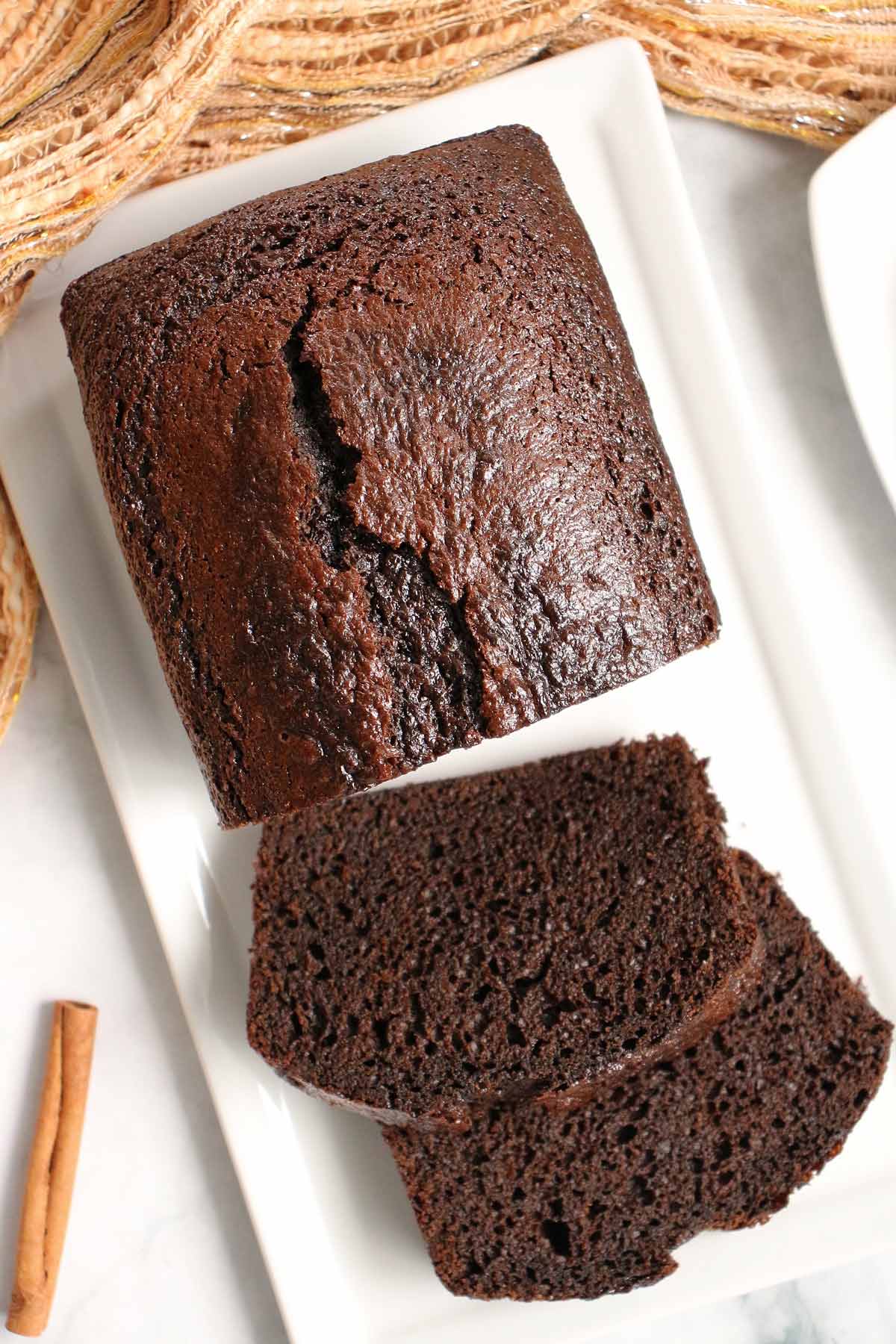
How to make it
Preheat the oven to 350°F. Spray two 8 ½-by-4 ½-by-2 ¾-inch loaf pans with nonstick spray. Line the bottom of each pan with parchment paper, then spray the parchment.
Place flour in a medium bowl and whisk in baking soda, ginger, cinnamon, cloves, and salt. Place the brown sugar in the bowl of a stand mixer fitted with a paddle attachment and mix on low speed to break up any lumps. Add the molasses and mix until smooth. Then with the mixer running, add the oil in a slow, steady stream and continue to mix until completely combined.
With the mixer on low speed, add the eggs and mix until smooth. Next, add the dry mixture. Finally, with the mixer running, add boiling water a little at a time. Fold in the lemon zest. The batter will be runny.
Divide the batter between the two pans (PHOTO 1) and bake until a skewer inserted in the center comes out clean, about 1 hour (PHOTO 2). Set the pans on a cooling rack and cool for 10 minutes before turning the cakes out onto the rack. Remove the pans and cool completely (PHOTO 3).
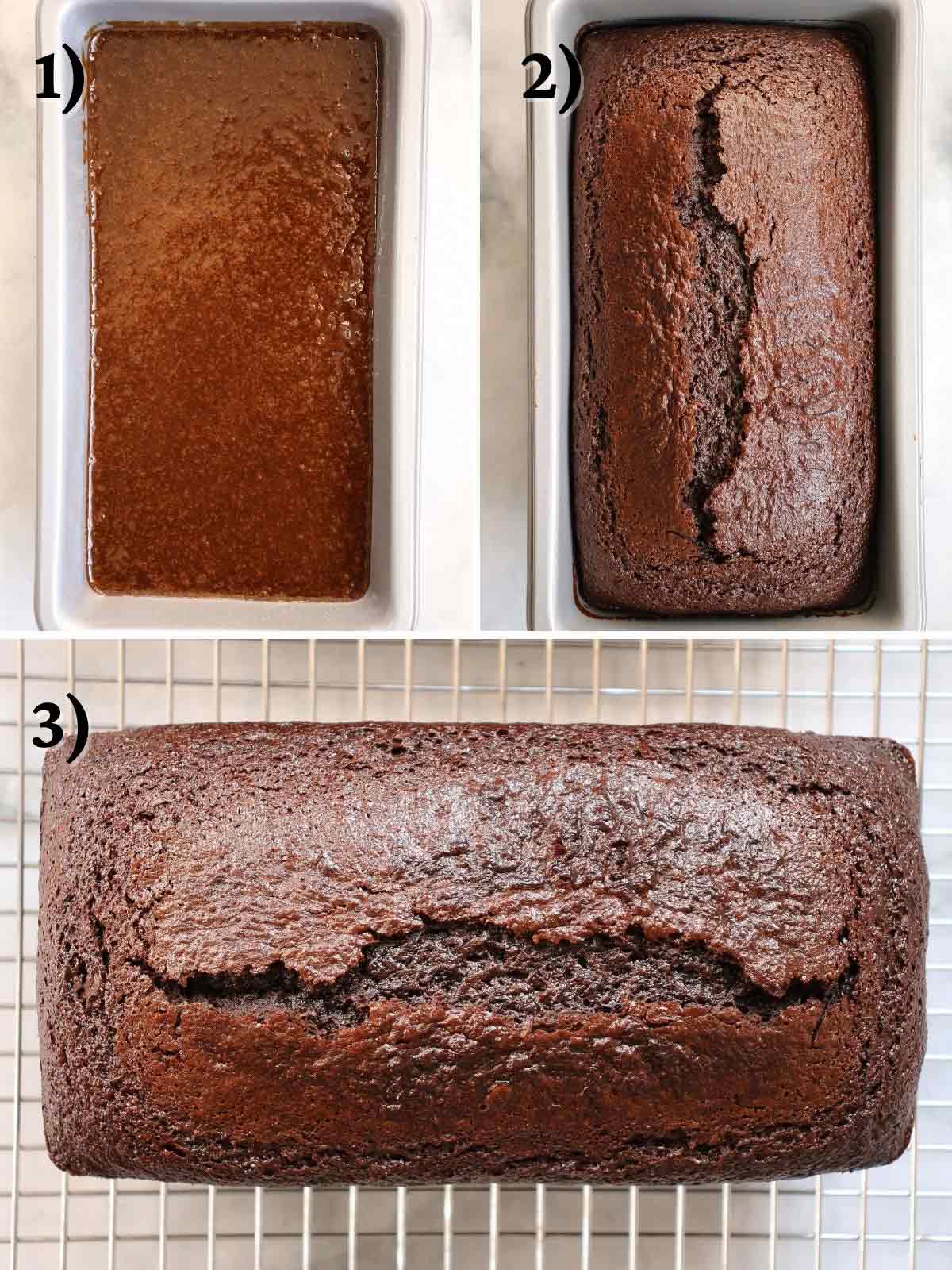
The pain d’épices can be wrapped in plastic wrap and frozen for up to 1 week. Defrost in the refrigerator and rewarm if desired. This French gingerbread loaf is best made a day ahead to allow the flavors to intensify.
Please scroll to the bottom of the post for the full recipe (in a printable recipe card) including ingredient amounts and detailed instructions.
Expert tips and FAQ
The easiest way to prepare the parchment paper liners for your loaf pans is to set the loaf pans on top of a piece of parchment and trace their bottoms. Then cut slightly inside the lines (since the paper needs to fit inside the pan, not outside). Even if it’s not perfect, it will still work to keep the bottom of the gingerbreads from sticking in the pan.
It’s very important to add the boiling water a little at a time to ensure it blends smoothly into the batter and that you don’t splash boiling water everywhere as you mix.
Molasses is a byproduct of the sugar-making process, and blackstrap molasses is the result of the third and last boiling of molasses which yields the darkest and most bitter (least sweet) version of molasses. It contains vitamins and minerals including iron, manganese, copper, calcium and potassium. It also has a lower glycemic value because most of the sugar is extracted during the triple processing.
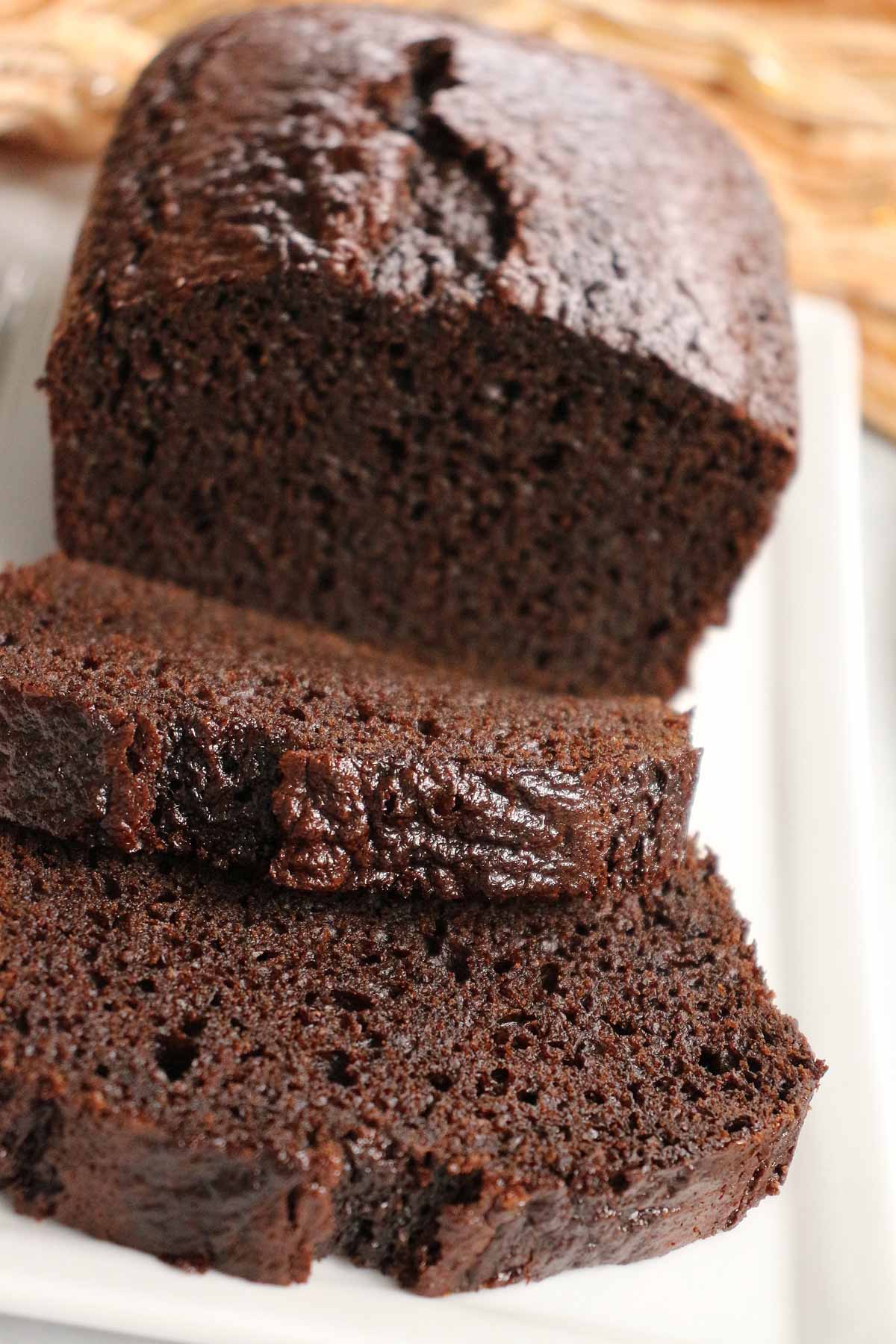
Other recipes you may like
- Perníčky (Czech Gingerbread Cookies)
- Pfeffernüsse (German Iced Spice Cookies)
- Basler Läckerli / Leckerli (Swiss Spiced Cookie Bars)
- Ontbijtkoek (Dutch Breakfast Cake)
- Gingerbread Muffins
- Bouchon Bakery Blueberry Muffins (use up extra blackstrap molasses!)
- Bouchon Bakery Corn Muffins
- Baked Cinnamon Apple French Toast
- Cinnamon Honey Scones (from Bouchon Bakery)
- Apfelstrudel (Austrian Apple Strudel)
- Chocolat Chaud (French Hot Chocolate)
Tried this recipe? Please leave a star ⭐️⭐️⭐️⭐️⭐️ rating in the recipe card below and/or a review in the comments section further down the page. You can also follow me on social media on Facebook, Instagram, and Pinterest!
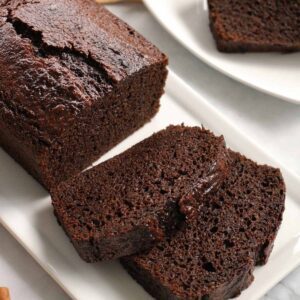
Pain d'Épices (Bouchon Bakery French Gingerbread Loaf)
Ingredients
- 2 ¼ cups plus 2 teaspoons (340 grams) all-purpose flour
- 1 ½ teaspoons (8 grams) baking soda
- 1 tablespoons plus 1 teaspoon (7 grams) ground ginger
- 1 ½ teaspoons (4 grams) ground cinnamon
- ⅜ teaspoon (1 gram) ground cloves
- ½ plus ⅛ teaspoon (2 grams) kosher salt
- 1 cup plus 1 ½ teaspoons (220 grams) dark brown sugar, lightly packed
- 1 cup plus 2 ¼ teaspoons (340 grams) unsulfured blackstrap molasses
- 1 cup (215 grams) canola or vegetable oil (or other neutral flavored oil)
- ¼ cup plus 2 ½ tablespoons (100 grams) beaten eggs (about 2 large eggs)
- 1 ¼ cup plus 2 ½ tablespoons (336 grams) boiling water
- 1 tablespoon plus 1 teaspoon (5 grams) grated lemon zest (from about 2 lemons)
Instructions
- Preheat the oven to 350°F. Spray two 8 ½-by-4 ½-by-2 ¾-inch loaf pans with nonstick spray. Line the bottom of each pan with parchment paper, then spray the parchment.
- Place the flour in a medium bowl and whisk in the baking soda, ginger, cinnamon, cloves, and salt. Place the brown sugar in the bowl of a stand mixer fitted with a paddle attachment and mix on low speed to break up any lumps. Add the molasses and mix for about 1 minute or until smooth. With the mixer running, add the oil in a slow, steady stream and continue to mix for about 1 ½ minutes, until completely combined.
- Scrape down the sides and bottom of the bowl. With the mixer on low speed, add the eggs and mix for 1 minute or until the mixture is smooth. Scrape down the sides and bottom of the bowl. Add the dry mixture in 2 additions, mixing on low speed for 15 to 30 seconds after each. With the mixer running, add the water 60 grams (¼ cup) at a time, incorporating each addition before adding the next. Scrape down the bowl again. Fold in the lemon zest. The batter will be quite runny.
- Divide the batter between the two pans. Bake for 1 hour or until a skewer inserted in the center comes out clean. Set the pans on a cooling rack and cool for 10 minutes. Turn the cakes out onto the rack, remove the pans and cool completely.
- The cakes can be wrapped in plastic wrap and frozen for up to 1 week. Defrost in the refrigerator and rewarm if desired. This gingerbread is best made a day ahead to allow the flavors to develop and deepen.
Notes
- You CANNOT substitute regular molasses for blackstrap molasses. They are not interchangeable. Molasses is a byproduct of the sugar-making process, and blackstrap molasses is the result of the third and last boiling of molasses which yields the darkest and most bitter (least sweet) version of molasses. It contains vitamins and minerals including iron, manganese, copper, calcium and potassium. It also has a lower glycemic value because most of the sugar is extracted during the triple processing. I use Plantation Blackstrap Molasses for this recipe.
- This recipe uses kosher salt (aka cooking salt, kitchen salt, coarse salt outside of the US). If you are using table salt, definitely scale down the salt as that is a saltier type of salt! The type of salt will make a big difference in how salty your food tastes, so keep that in mind.
- Adapted from Bouchon Bakery
Nutrition
*All nutritional information is based on third-party calculations and should be considered estimates. Actual nutritional content will vary with brands used, measuring methods, portion sizes and more.*

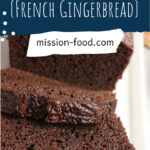
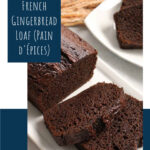
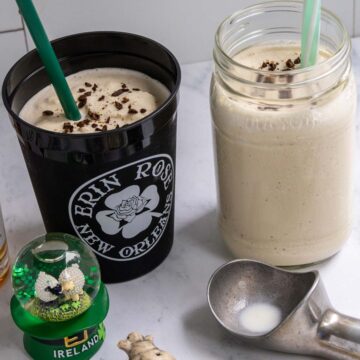
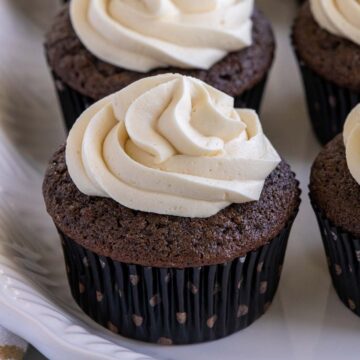


Linda Wood says
Amazing! Best recipe EVER
Pamela says
My first time making it and came out perfect. Blackstrap molasses is a must, as is the lemon zest. My house smells like Christmas.
Adri says
Delish! Came out great!
Morgan says
Love this recipe - I'm from the deep South in the US and we call this molasses bread. So happy to find your recipe! It's just like my g-grandma's but with actual measurements
Roxane says
Came out great!
Lou Carlson says
I made cupcakes, delicious. I'm thinking about filling my next batch with cream.
Bec says
I was chasing this dark, almost black gingerbread for years… then one year I couldn’t get regular molasses and had to use blackstrap. Well…. That was it! The missing key!
Since then, I’ve been looking for a recipe that intentionally uses blackstrap - but almost every recipe says the exact opposite, and claims blackstrap is just a “fad” for health nuts, and “bitter” in flavor.
It’s b.s. Blackstrap isn’t something you’d eat by the spoonful - but it delivers unparalleled richness and flavor intensity.
Thank you for sharing this - absolutely fantastic!
Carol says
Just baked this. Though my kitchen is a mess it's delicious, and as dark and dense as you promised. This is for people who really like ginger and it was so worth the effort and clean up. I loved Bouchon Bakery and it's a great treat to keep the memory alive in my home. Thanks! I want to try all of your recipes.
Victoria says
Hi Carol,
I’m so pleased you enjoyed this recipe! It’s one of my favorites too! A true wintertime treat.